July 2025 (v2025.07)
QruiseML
This release primarily focuses on expanding our growing collection of system modelling tutorials in QruiseML. We've added new examples for modelling the dynamics of NV centres in diamond and trapped ions, as well as a detailed section on the modelling of control stack components.
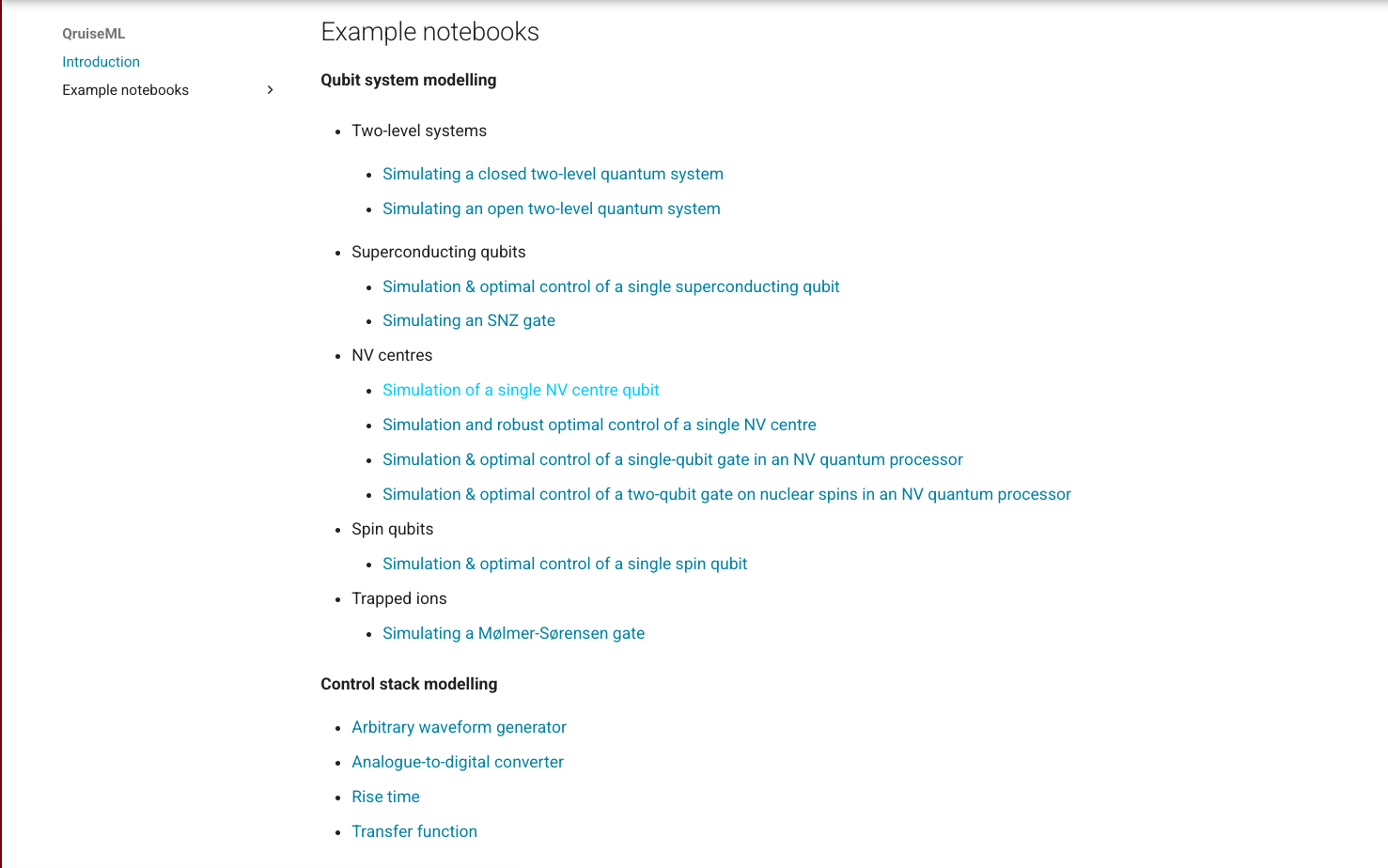
Nitrogen vacancy centres
We now have four examples that walk you through the details of modelling nitrogen vacancy centres in diamond, starting from the basics of a single spin in an NV centre all the way to a two-qubit controlled-Z (CZ) gate on nuclear spins. The examples discuss the underlying theory in detail and demonstrate both system modelling and optimal control (both with and without inhomogeneities). You can check out the examples at the links below:
- Simulation of a single NV centre qubit
- Simulation and robust optimal control of a single NV centre
- Simulation & optimal control of a single-qubit gate in an NV quantum processor
- Simulation & optimal control of a two-qubit gate on nuclear spins in an NV quantum processor
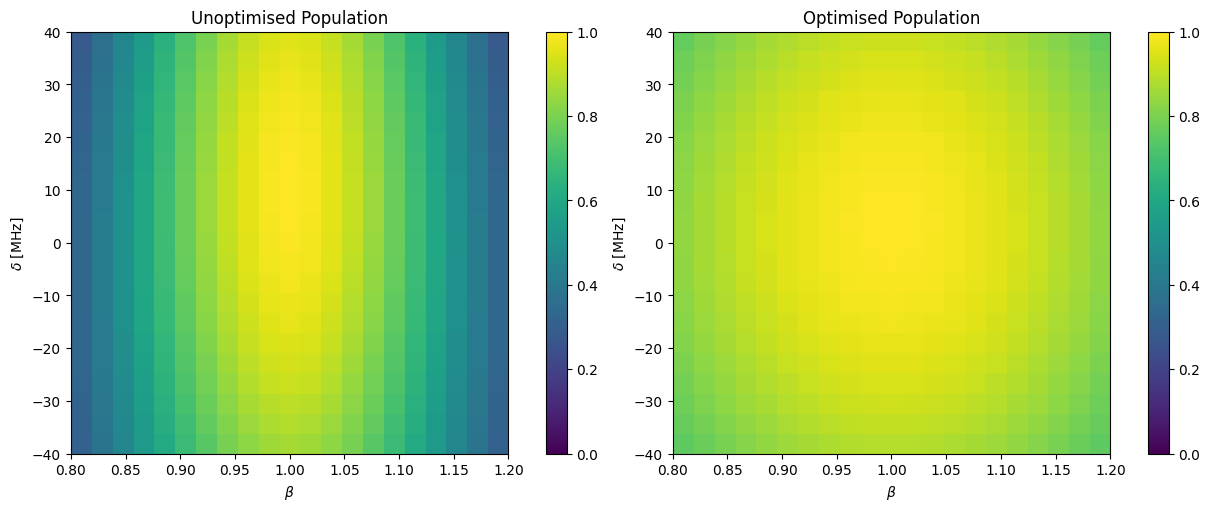
Trapped ions
We have a new tutorial showing you step by step how to simulate a Mølmer-Sørensen (MS) gate in a trapped-ion system using the qruise-toolset. The MS gate creates maximally entangled states by coupling two qubits through a shared motional mode. The tutorial first simulates an ideal gate using a rectangular pulse, and then includes a finite rise time to model a more realistic, imperfect gate. The example is available here.
Control stack
In previous release, we introduced a new interface for describing the signal chain and control stack components. We now have detailed examples explaining the use of this new API. These examples cover the foundational components relevant to the control of modern quantum technology devices. These devices play a critical role in determining the fidelity of crucial operations and the ability to model them in full detail is critical to generating a reliable digital twin of the complete stack of a quantum computer. You can check out these docs below:
- Arbitrary waveform generator
- Analogue-to-digital converter
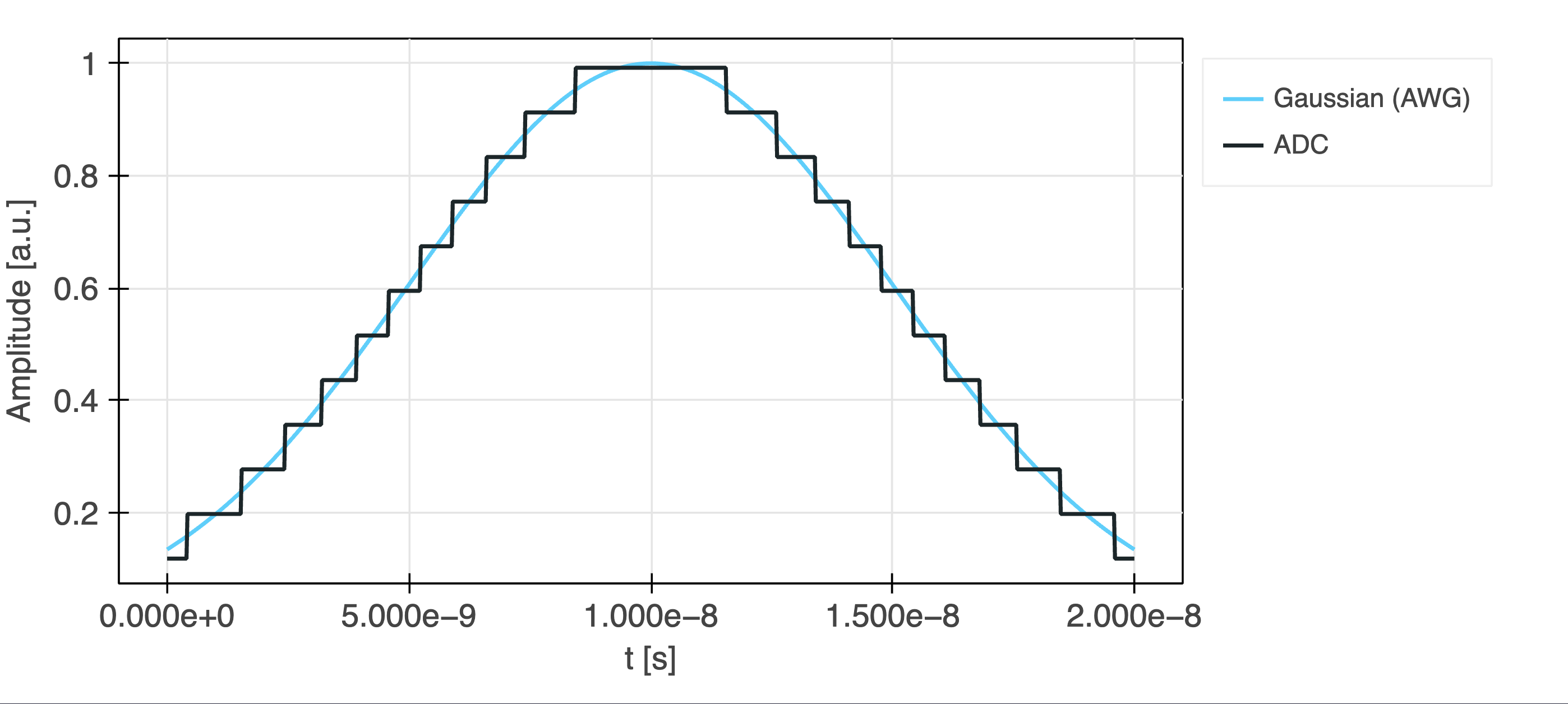
QruiseOS
Our team is working on some cool new features that will significantly streamline the onboarding of new users to QruiseOS, and also ease the process of user and configuration management in multi-QPU, multi-user settings. These should become available in our next release. In the meantime, we've added two highly requested features: exporting experiment data and linking experiments to their parent workflows.
Data export functionality
You can now export all the data from any experiment with a single click. This is useful for sharing results with a colleague, submitting a publication, or simply for archiving. The export downloads as a single zip file containing the raw measurement data as xarray HDF5 files, a CSV with experiment IDs and timestamps, the serialised experiment JSON, and the Jupyter notebook used to run the task.
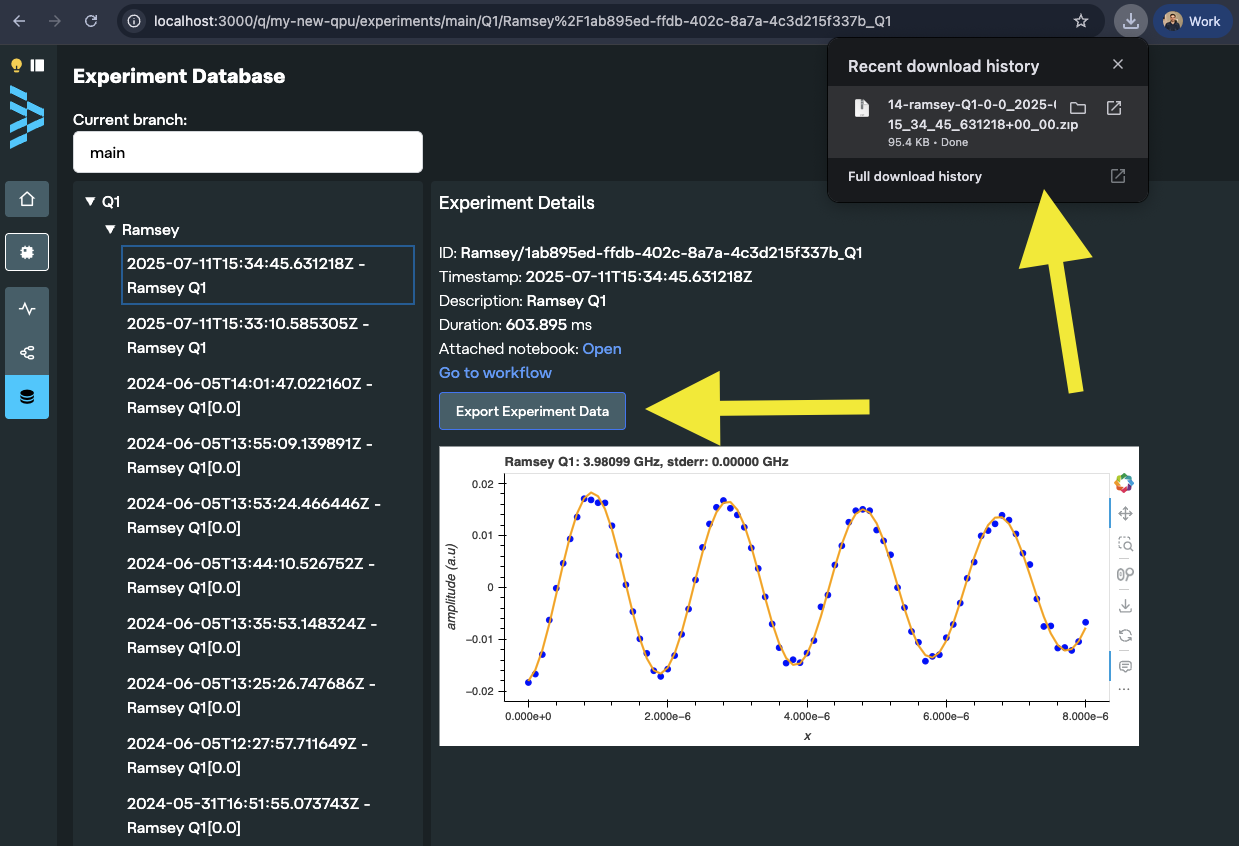

Access workflows from experiments
When an experiment is run as part of a workflow, you can now easily return to the parent workflow from the experiment results. Previously, this was only possible in one direction, i.e., you could open the details of an experiment from the workflow viewer but not the other way round. This backlink now allows easy navigation between workflow and experiment viewer screens.
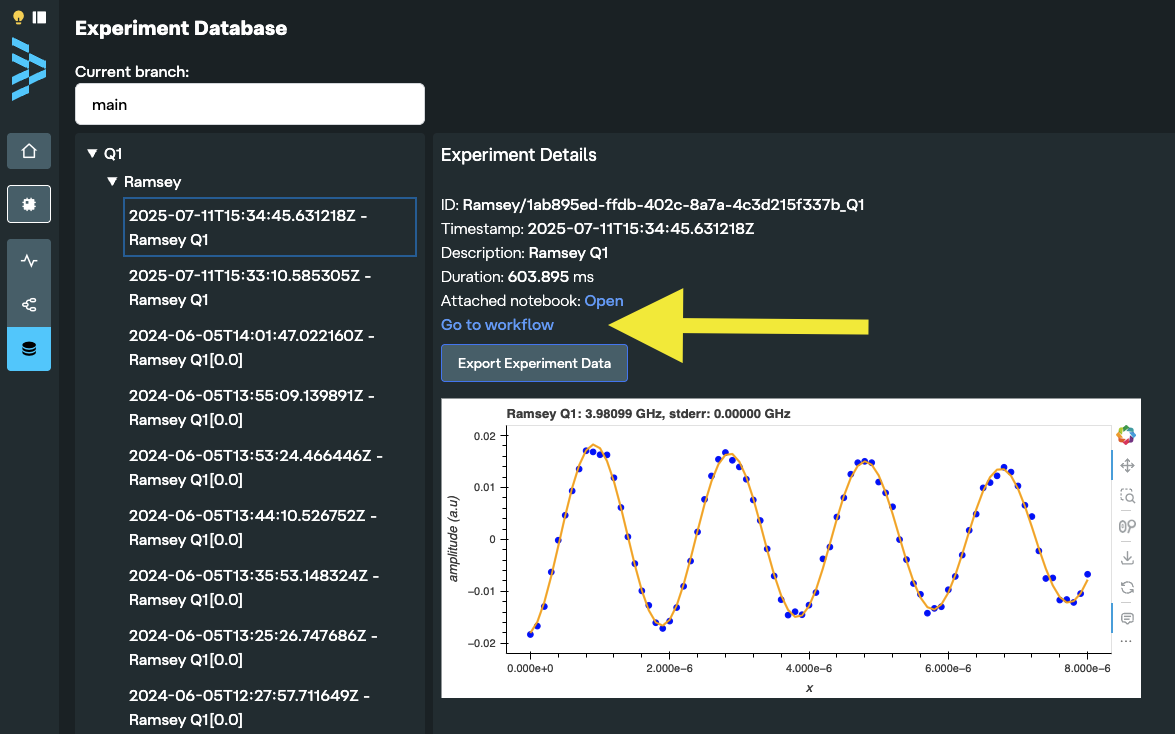
Stay Informed with Our Newsletter
Subscribe to our newsletter to get the latest updates on our products and services.